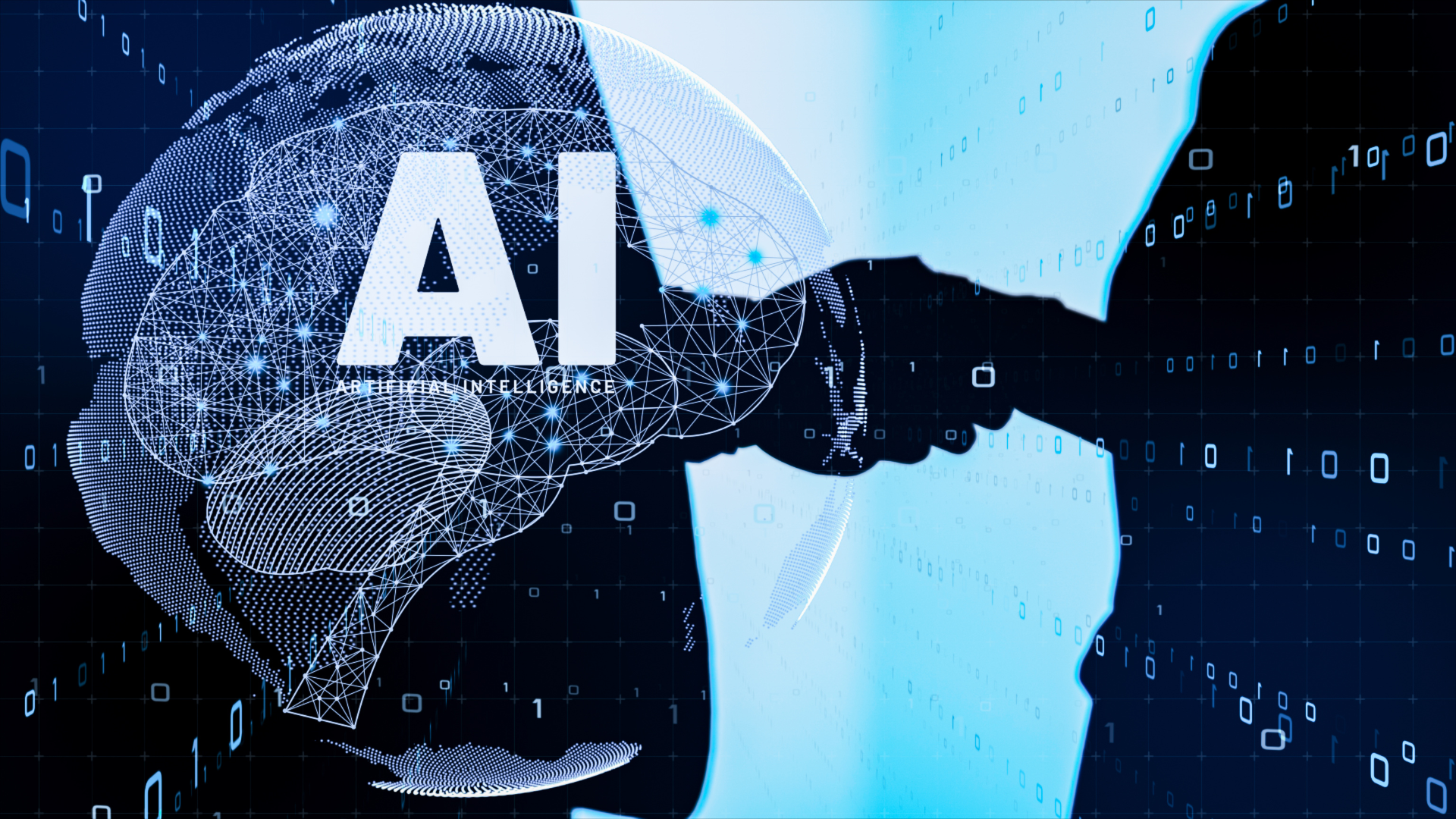The Role of AI in Strengthening Cybersecurity Defenses

Author: Marie Strawser, Managing Director, UMSA
In today’s hyper-connected world, cyber threats are growing in sophistication and frequency, challenging traditional security measures. As the volume of data and complexity of networks increases, it has become clear that human oversight alone is insufficient to keep up with the evolving landscape of cyber threats. Artificial Intelligence (AI) and Machine Learning (ML) are technologies transforming the cybersecurity field by providing faster, more efficient, and more adaptive defenses against cyberattacks.
AI and ML are not just buzzwords in cybersecurity—they are critical tools that help organizations detect, respond to, and mitigate cyber threats in real-time. Let’s explore how AI revolutionizes cybersecurity defenses, from threat detection and incident response, to evolving attack mitigation.
AI-Driven Threat Detection
One of the primary applications of AI in cybersecurity is advanced threat detection. Traditional security systems rely heavily on rule-based algorithms or human analysis, which can be slow, limited in scope, and prone to error. In contrast, AI and machine learning models can analyze massive amounts of data in real time, identifying patterns and anomalies that would be impossible for a human to recognize.
- Behavioral Analysis: AI-based systems can track and analyze the behavior of users and devices across networks. By learning what constitutes “normal” activity, AI can quickly detect anomalies that might indicate malicious behavior, such as unusual login times, unexpected file access, or high-volume data transfers.
- Pattern Recognition: Machine learning algorithms can recognize subtle patterns in network traffic and application behavior that may indicate a cyber-attack in its early stages, even when the method of attack is novel or previously unseen. This ability to detect “zero-day” threats that exploit unknown vulnerabilities makes AI a powerful tool in modern cybersecurity.
- Automated Monitoring: With AI, organizations can continuously monitor systems without overwhelming human analysts. Instead of waiting for periodic scans or updates, AI-powered systems can watch for vulnerabilities and attacks 24/7, significantly reducing response times.
Incident Response and Mitigation
Beyond detecting threats, AI plays a crucial role in automating incident response. When a cyber-attack occurs, rapid response is essential to minimizing damage. AI-powered tools can assess the severity of an incident, prioritize responses, and even execute defensive measures in real time.
- Automated Threat Response: Once a threat is detected, AI can initiate pre-programmed responses to mitigate the attack. For example, if an AI system identifies a phishing attempt, it can immediately block the malicious email, notify users, and quarantine suspicious files. By automating these responses, organizations can prevent attacks from spreading while security teams focus on investigating and remediating the issue.
- Incident Prioritization: AI systems can help analysts by classifying threats based on their potential impact, urgency, and severity. This ensures that the most critical threats are addressed first, optimizing resource allocation and reducing response times. In a world where security teams are often overwhelmed with alerts, AI can help cut through the noise and focus on what truly matters.
- Predictive Analysis: According to historical data, machine learning models can predict how a threat might evolve or spread. This allows security teams to proactively address vulnerabilities before they are exploited and contain threats before they cause widespread damage.
Mitigating Evolving Attacks with AI
While integrating AI into cybersecurity offers incredible benefits, it has challenges. AI systems require large datasets to function optimally, and these datasets need to be curated and updated to avoid biases that could lead to false positives or negatives. Moreover, AI-based security systems must be secure, as attackers may attempt to exploit weaknesses in the AI models.
Cyber threats are constantly evolving, and hackers are using increasingly sophisticated methods, often incorporating their own AI tools to evade detection. As attack vectors become more complex, AI systems are highly adaptive in responding to these evolving threats.
- Real-Time Adaptation: Traditional security systems often use predefined rules and signatures to identify threats. However, AI-powered systems can continuously learn and adapt based on new data. This means that as hackers change tactics—such as launching polymorphic malware that changes its code to avoid detection—AI can evolve in parallel, identifying and mitigating new variants in real time.
- Combating AI-Driven Attacks: Cybercriminals also leverage AI to automate attacks, such as creating highly personalized phishing schemes or using AI to break CAPTCHA systems. AI is being deployed to counter these automated attacks by recognizing AI-generated content or identifying abnormal patterns that only an advanced machine could produce.
- Fraud Detection and Prevention: In industries like finance and e-commerce, AI is increasingly used to detect fraud by analyzing transactions, user behavior, and communication patterns. This capability helps detect fraudulent activities, even when human analysts struggle to detect irregularities hidden in vast amounts of data.
Challenges and Considerations
 Another concern is the potential for AI arms races, where attackers and defenders continuously develop more sophisticated AI to outmaneuver one another. As AI advances, the tools that attackers use may become more challenging to detect, which places increased pressure on defenders to stay ahead of the curve.
Another concern is the potential for AI arms races, where attackers and defenders continuously develop more sophisticated AI to outmaneuver one another. As AI advances, the tools that attackers use may become more challenging to detect, which places increased pressure on defenders to stay ahead of the curve.
Looking to the Future
The future of cybersecurity will be inextricably linked to AI. As cyber threats continue to grow in complexity, AI and machine learning technologies will be essential for developing autonomous, self-learning security systems capable of detecting and responding to threats faster than any human team could manage. The potential for AI-powered cybersecurity to automate threat detection, predict attacks, and neutralize threats in real time represents a new era in digital security.
However, while AI can significantly enhance cybersecurity defenses, it is not a silver bullet. Human oversight remains crucial, as AI systems need guidance, fine-tuning, and ethical oversight to avoid unintended consequences. Combining AI-driven technology and skilled human experts will ultimately form the most robust defense against an ever-evolving cyber threat landscape.
Conclusion
AI is revolutionizing how organizations approach cybersecurity by providing advanced tools for threat detection, incident response, and adaptation to evolving attacks. Its ability to analyze vast amounts of data, recognize patterns, and respond to threats in real time makes it a game-changer in defending against increasingly sophisticated cyber threats. However, the integration of AI into cybersecurity is not without challenges. Large datasets, potential biases, and the risk of AI-driven arms races must be carefully managed. While AI significantly enhances cybersecurity defenses, it is most effective when combined with human expertise. AI and skilled professionals will create the most resilient defense against the complex and ever-changing cyber threat landscape.





